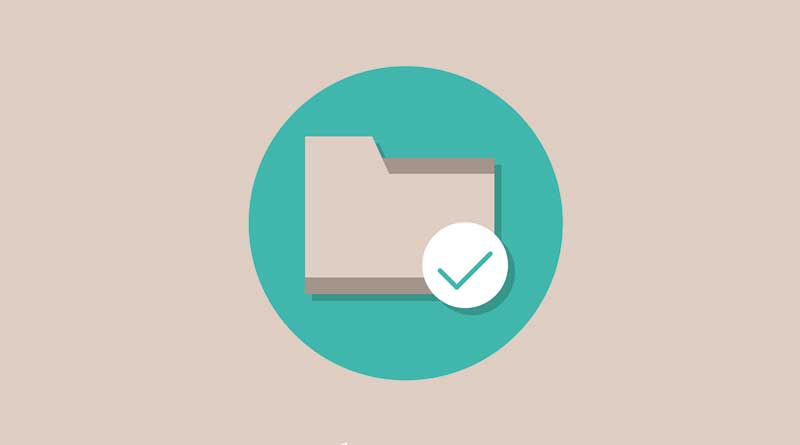Remote working and file sharing on the go: life saver or huge security threat?
While businesses can’t deny the advantages that come with remote working and file sharing on the go, there is a huge, looming question about document leakage prevention. So, can you prevent document leakage while sharing files on the go? Let’s find out.
BYOD and Document Security
The bring your own device (BYOD) trend took off a few years ago and has planted its roots deep into work culture around the world. Also, phones got smarter and file sharing got easier on the go with cloud platforms. Everyone rejoiced; we’re sure even you rejoiced.
However, the BYOD practice enables employees to connect to your internal servers via their own devices (such as laptops, tablets or smartphones) as well as sync and upload files they view or modify on their devices on third-party sharing platforms. Some of these platforms have some sort of security in place to protect your documents in transit or after they’re already on the cloud. But, they don’t have document-level security and Digital Rights Management (DRM).
This means that your proprietary business documents are being moved out of the building, without a trace, and your IT department no longer has any control or visibility of the documents that are automatically synced on to the cloud platforms after your employees view or work on them.
Document Leakage Prevention with DRM
Due to the BYOD trend, projects have been progressing seamlessly and in a streamlined manner because employees can log in from anywhere to share their inputs, make urgent modifications, and clarify decisions in pressing situations. So, putting an end to this trend in your organization would mean introducing obstacles in the project management process.
The good news is that you can still prevent document leakage, while still enjoying all the advantages of BYOD, by adopting a robust DRM system.
Need-to-Know Access
A DRM system can help you set up document and folder access on a need-to-know basis. In this way, even if files are synced and accidentally shared with an employee’s family or acquaintances through his or her device, only the authorized device can view the files.
Control Document Usage
Ordinarily, viewing a sensitive document on a phone or tablet means that it’s vulnerable to screenshots, if not direct downloads. An efficient DRM system can help you set up custom controls that prevent sharing, copying, modification, and even screen capturing to ensure your document is not viewed by anyone who’s not authorized to access it.
DRM controls even go one step further by incorporating both encryption and access controls where access controls means that anyone who only has read access to a document can’t also make unauthorized changes to it.
Set up a Digital Trail
A DRM system can help you set up a digital trail of detailed change logs as well as automatic watermarks, when a document is shared or modified. The dynamic watermark would prevent direct copying and modification by acting as a deterrent (people are not so keen to share documents if their personal info is all over it), while the change log is useful when you need to know who accessed a document last and what changes were made to it (and whether those changes were authorized).
Uncomplicate Access with a DRM Viewer
You can install and lock a DRM viewer to a particular device or location and set up controls to only open certain types. This goes a long way to preventing document leakage, as your DRM protected documents can only be accessed by authorized viewers in the locations you specify (e.g. your office).
Solve BYOD Leakage Issues with DRM
When you adopt an efficient system to protect your documents on the go, you’re looking at minimal investment and system overhauls to incorporate the new security protocols. Moreover, you don’t have to hamper your project management process by increasing the response and execution time.
Do you practice BYOD in your organization? How do you ensure document leakage prevention?
This article is written by Karishma, a full time content writer by profession. Most of her writing includes about tech related subjects. Currently she is working for Locklizard, a software company that provides Document Rights Management (DRM) security tool.

